Downsizing Help: How to Edit Your Belongings
My mother was the most wonderful lady: gracious, giving and loving. But she was a child of the Great Depression, so she never threw anything away. “I might need them someday,” she would explain when I suggested that a 30-year accumulation of rubber bands might be excessive.
My reaction to this was to throw away everything — whether I needed it or not (much to my husband’s chagrin). The upside of this admittedly knee-jerk response was that when it came time for us to downsize, the editing part was fairly easy.
But it is most assuredly not easy for most people. Whether you are moving from 6,000 square feet to 2,500, or from 2,500 to 900, the requisite divesting can stop one’s desire to downsize in its tracks. So let’s talk about some ways to give direction to that necessary purge and make it more comfortable.
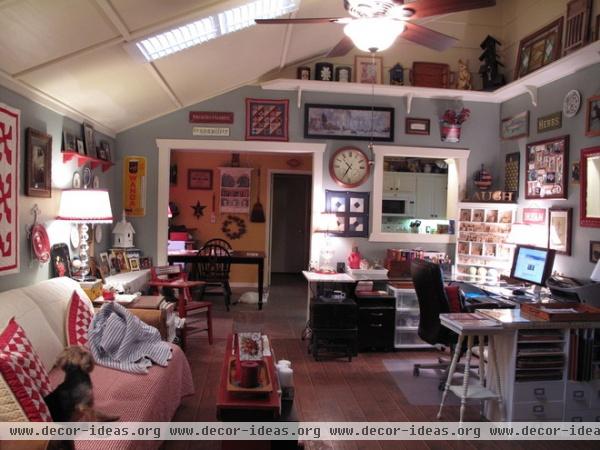
Mementos and collections. People who want to downsize often start with a room that looks something like this — packed with mementos, family memorabilia and collections. The hard-hearted bottom line is that much of what you have spent years accumulating will have to go. But how do you choose?
You could leave for a week and invite your most minimalistic relative to do it for you while you are away. But if that seems too extreme, start your process with some basic questions: Will I miss this item if it is gone? Does this piece harbor good memories or bad? What 10 items in this room are necessary for my long-term well-being?
You could use a sticky-note system to label each piece. Pink means it stays, blue means it goes, and green means you’re ambivalent. Just be realistic about the fact that you are probably going to have to change lots of pinks and greens to blue.
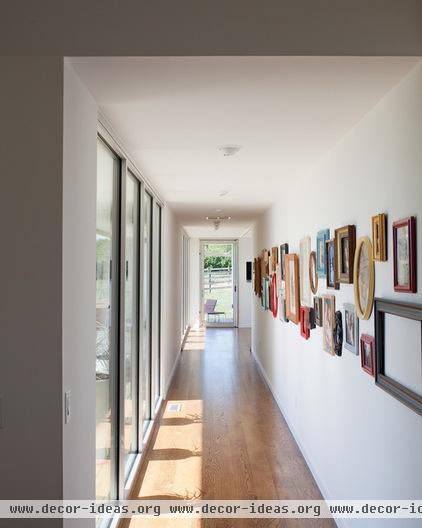
Family photos can be among the hardest things to deal with when we start to edit, because each one tells a story, brings back a memory. Even I never threw away a picture.
When we downsized the first time from our family home on acreage to a 775-square-foot condominium in the city, my lovely family picture gallery (similar to the one shown here) was not going to escape editing, and yours probably won’t either.
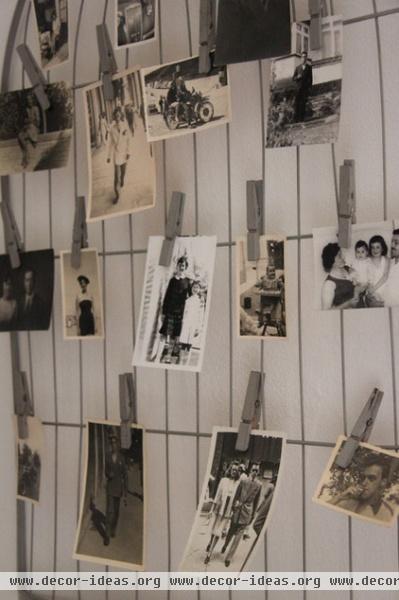
I had enough family photo albums stuffed with precious pictures to circumnavigate the globe. I avoided taking action until our second downsizing, to a little 600-square-foot bungalow, where the stunning lack of storage space demanded I deal with the album issue.
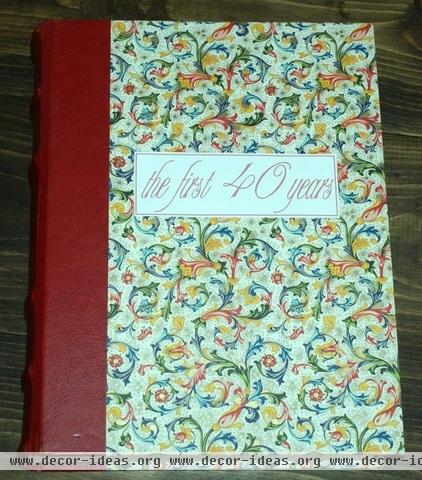
My solution took a couple of really joyful months to accomplish. I took all of my family pictures out of albums and off the walls, and then organized them by year, starting in 1972 when Mike and I were married, and moving through our 40th wedding anniversary. Then I picked my absolute favorites and built a new single album, simply entitled “The First 40 Years.” I placed the rest of the pictures in clearly marked envelopes that went into a single large plastic bin. (Plastic bins are a downsizer’s best friend.)
Our new album hangs around our tiny living room, and what I have discovered is that people actually pick it up and go through it! They would never have tackled 40 individual albums, but this single album holds their interest, and I love sharing it.
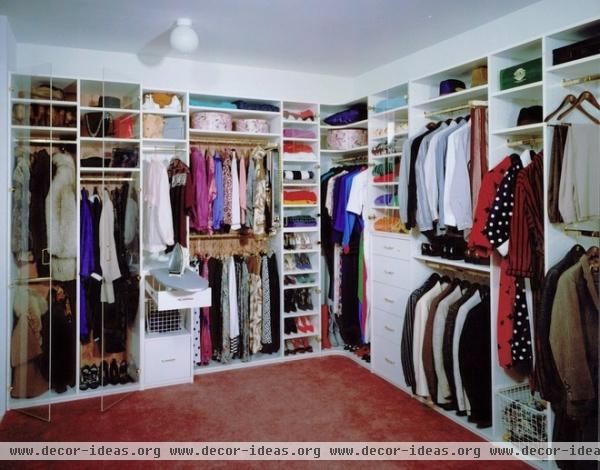
Clothes. After pictures, the next toughest decision revolves around closets. You know — that dress you bought five years ago for when you lose 10 pounds. Or the shoes you couldn’t pass up because they were on sale, even though they hurt like hell.
Tackle your closets with one simple question: “Have I worn this in the past six months?” (OK, 12 months if you live in the frozen north.) If the answer is no, that item goes into your to-be-disposed-of pile. If you have worn a piece fewer than three times in that length of time, ditch it too.
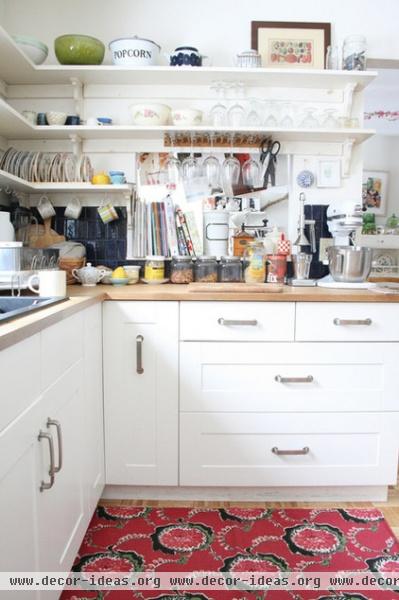
Kitchen stuff. Our kitchens can be magnets for paraphernalia. Since it is likely that your downsized kitchen will be substantially smaller than your current one, simply apply the same criteria as you did to clothes. (And then keep your guard up: You will probably have to divest things several times because the cook in your family will undoubtedly whine and complain and raid the disposal pile.)
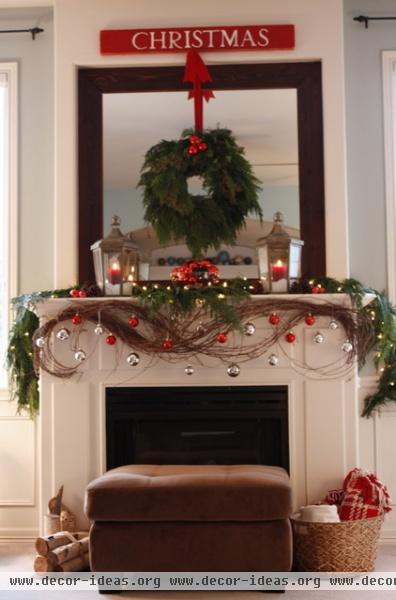
Seasonal decorations. There are some things that simply resist all attempts at purging. Holiday and other seasonal decorations fall smack into that category.
Many small homes are also shy on storage. I’ll address storage solutions later in this series, but for now, consider that some editing might be possible. Make sure you are saving only light strings that actually work. Perhaps it is time to pass some loved ornaments on to your children or grandchildren. And broken or passé ornaments can definitely be culled.
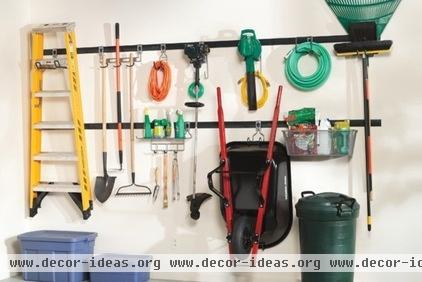
Garden tool. What I’ve loved most about our moves is that our yards have gotten progressively smaller. Our little bungalow has a 10-foot-square courtyard bordered with tiny beds — absolutely perfect for someone who is so done with yard work.
If your new home has a similar yard, most of your mowers, trimmers and garden tools can go. But don’t make the same mistake I did; even tiny flower beds will at some point call for a shovel, a trowel and a small rake.

Furniture. OK, we’ve now covered what I call the “smalls” in your home. If you work through all the above areas before you pick a new place to live, you will greatly ease the moving process.
The living spaces in your new home probably won’t look like this. You might have a small multipurpose room instead of a living room and a separate family room. And there may not be any dining room at all.
Once you know where you’re going to live, you will need to edit your furniture. This involves careful planning, considering scale and thinking about double-duty pieces.
We’ll consider each of these over the next couple of weeks. We’ll also discuss how to dispose of what you have edited. Is Craigslist your best option, or a garage sale or a consignment store? We’ll talk about storage solutions and how to handle visiting family, including grandchildren.
Stay tuned, and happy editing!
More: 7 Tips to Get With a New Minimalist Mentality












